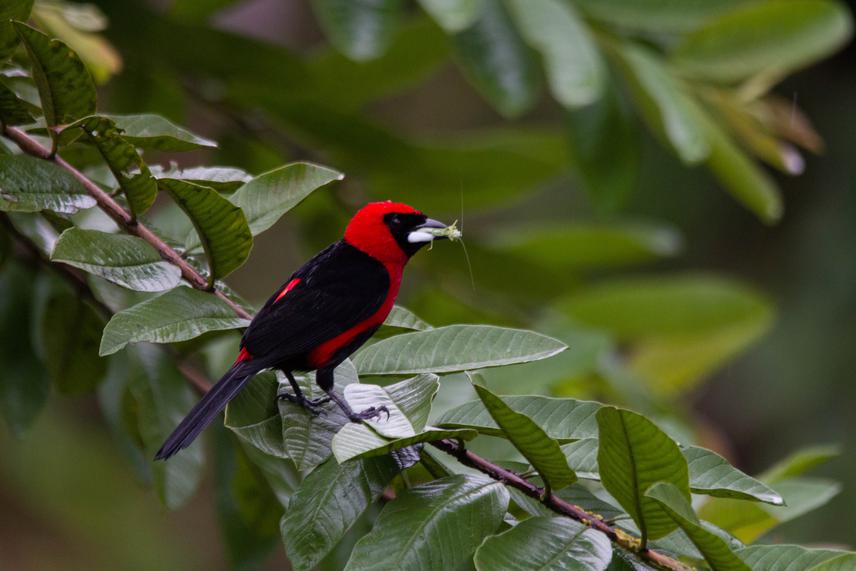Juan Francisco Herrera Cueva
In the 1950s, the discovery of oil in the Ecuadorian Amazon dramatically transformed the national economy and triggered increased incursions into the region's ancestral forests. Since then, oil extraction has posed serious threats to public health in the emerging and often overlooked communities of Amazonian Ecuadorians, while also causing local biodiversity extinction and devastating ecosystems through both direct and indirect effects. One of the most damaging and inefficient practices of this industry is the use of gas flares to burn liquified petroleum gas. These prolonged flares have led to massive greenhouse gas emissions, alongside persistent soil, water, light, and noise pollution. Additionally, these flares represent significant financial losses, as valuable fuel is wasted instead of being captured and sold.
The bright UV light emitted from gas flares on oil platforms has attracted and killed millions of insects and birds, with potentially widespread impacts on surrounding forest ecosystems. Despite this, there remains a significant gap in knowledge regarding the effects of oil platforms on Amazonian biodiversity, which hinders effective conservation efforts. Long-term bird monitoring projects have revealed a critical and puzzling decline in bird populations in the Ecuadorian Amazon, but the causes remain unclear.

Masked Crimson Tanager (Ramphocelus nigrogularis) feeding on a cricket. The food web of the Amazonian birds is critically sustained by the megadiverse community of insects. ©Juan Francisco Herrera Cueva.
In response, the current project aims to investigate changes in the diversity and composition of insectivorous birds and their primary food sources in relation to the proximity of active oil platforms. By doing so, we hope to identify potential causes of the decline in bird populations and propose strategies to mitigate the negative impacts of oil extraction on biodiversity.
Header: Burned and death moths attracted by the killing light. ©Juan Francisco Herrera Cueva.